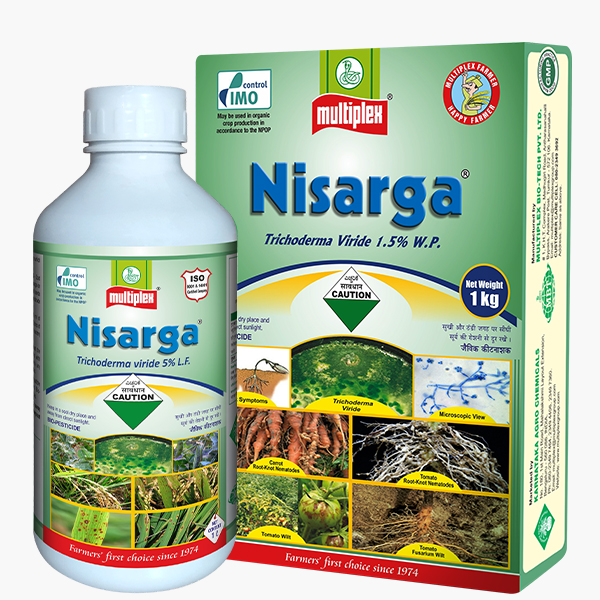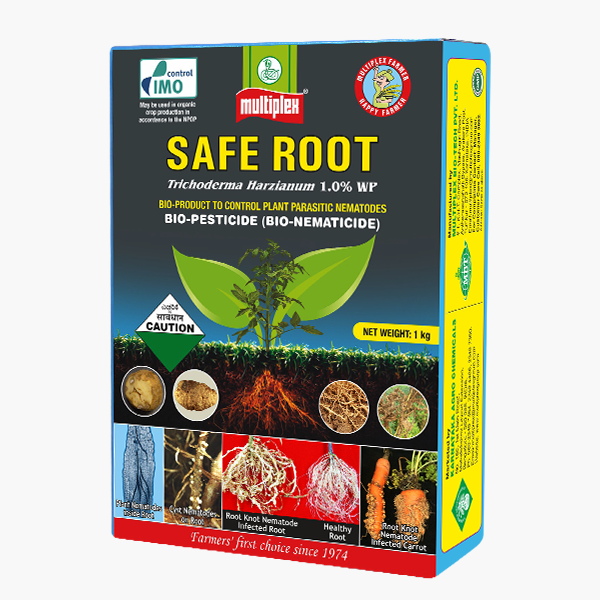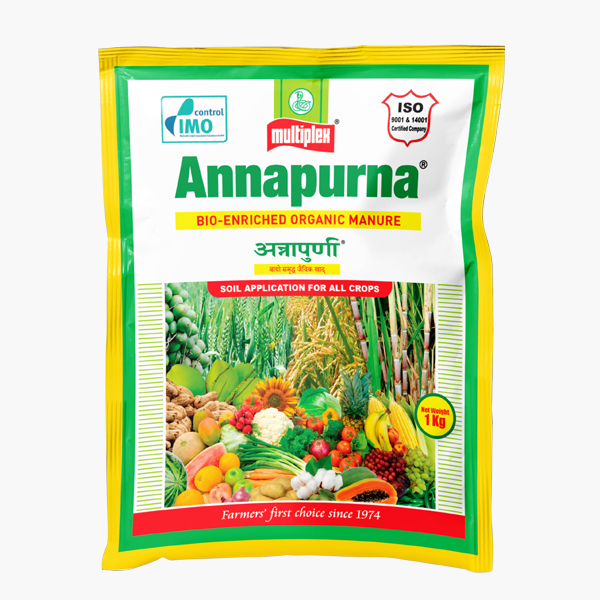Trichoderma is a type of fungus genus that is commonly known as green spore fungi. It has a wide distribution and a high biotechnological value. Trichoderma species possess several properties, making it an excellent model for studying biocontrol. These properties include its ubiquity, ease of isolation and culture, rapid growth on various substrates, impact on a broad range of plant pathogens, and minimal pathogenicity on higher plants. Trichoderma is commonly used as a biocontrol agent, but recent research has shown that there are many more properties of Trichoderma beyond biocontrol agents such as
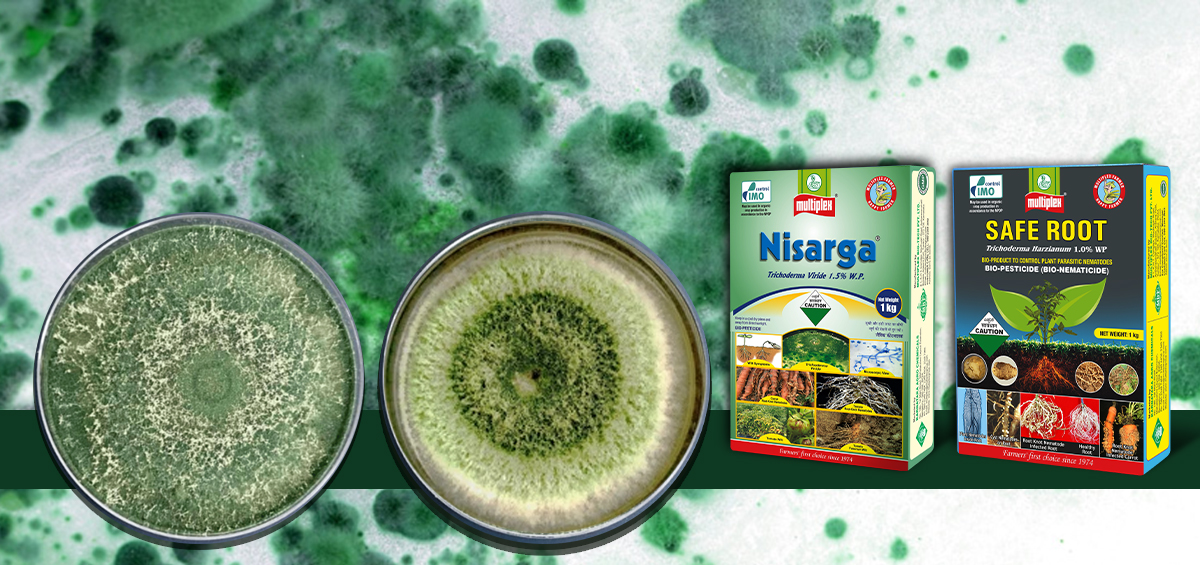
Trichoderma species, once known only as a biocontrol agent, is now recognized for its significant role in plant growth and productivity. It outcompetes minor pathogens in the soil, leading to stronger root systems, better nutrient absorption, and increased crop yield. It produces phytohormones such as IAA, gibberellic acid, and abscisic acid that enhance plant growth.
It is particularly beneficial for potassium-loving plants like sugarcane, improving potassium uptake and overall cane quality. Additionally, it boosts nitrogen and phosphorus absorption in various crops, increasing seed production. In paddy fields, it enhances phosphorus and zinc availability, leading to higher yields. In alkaline soils, especially in Punjab and Haryana, it helps release fixed iron and lowers soil pH through the production of organic acids, improving micronutrient availability.
When applied to plants, It can enhance their morphology and physiological processes. It can increase root and shoot length, height, biomass, healthy leaves, and chlorophyll pigment content. Moreover, it can boost the number of fruits, tillers, and branches, leading to increased crop yield for commercial crops such as mustard, wheat, corn, tomato, sugarcane, and okra. It is also beneficial for floriculture crops, as it can increase the number and weight of flowers.
Trichoderma species improve the ability of crops to tolerate salt. In addition, it help plants to combat biotic and abiotic stresses by inducing systemic responses and promoting growth. It enhances root growth and potassium availability, which improves the plant's ability to withstand abiotic stress during growth.
Trichoderma species are effective in controlling soil- borne, airborne, and foliar pathogens, as well as post- harvest pathogens which cause severe diseases. While chemical fungicides can be effective, they can also be expensive.

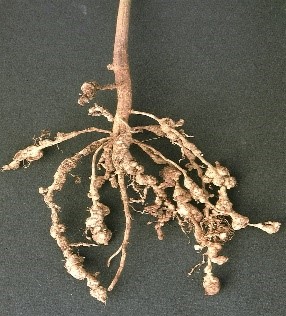
On the other hand, is an equally potent and more cost-effective bio- fungicide. It also enhances the plant's immune system, making it better equipped to defend against pathogens by hindering the development of pest resistance. It acts as an entomopathogenic insecticide against pests like red mites, termites, and caterpillars, either by parasitizing them directly or producing metabolites that deter feeding. Additionally, it boosts plant defenses and encourages natural predators. Some strains, such as T. harzianum and T. asperellum, also function as bionematicides, enhancing their role in pest management.
Trichoderma species are highly effective bioremediation agent for persistent pollutants such as DDT and endosulfan. It can also remediate the persistence of heavy metals like chromium and cadmium in water and soil. It is capable of degrading highly persistent chemical pesticides like carbendazim, chlorpyrifos, penthiopyrad, and Dichlorvos. Therefore, various Trichoderma species can be used as an alternative management strategy for producing safe food and reducing environmental pollution.
Trichoderma can be used in animal feed to increase body weight and milk yield.
It can be applied in various ways, such as seed treatment, seed biopriming, seedling dip, foliar, and soil applications
1. Seed treatment: Seed treatment of talc-based Trichoderma sps at 4g/kg is generally recommended. This Trichoderma species germinates on the seed surface and colonizes in the rhizosphere as and when the plant grows thereby enhancing the seed germination and reducing the crop requirement of nitrogen to the extent of 30-50%. It is also effective in the management of seed/soil-borne diseases because it terminates the infection if occurred at early stages when applied as seed treatment. Available products: Multiplex Nisarga, Multiplex Safe root.

2. Seed biopriming: Biopriming is the process of treating seeds with biocontrol agents and then incubating them under warm and moist conditions until just before the emergence of radicals. This method requires less quantity of biocontrol agents compared to seed coating, and it helps to tolerate adverse soil conditions and promote uniform germination. Trichoderma species can be used as a seed biopriming agent for achieving high crop production with low ecological impact. Available products: Multiplex Nisarga, Multiplex Safe root.
3. Seedling root dip: This method is typically used in transplanted crops. It has been found to enhance plant vigor and increase chlorophyll content, which in turn reduces the shock of transplantation. There are several Trichoderma-based products available for use, such as Multiplex Nisarga, Multiplex Safe root.
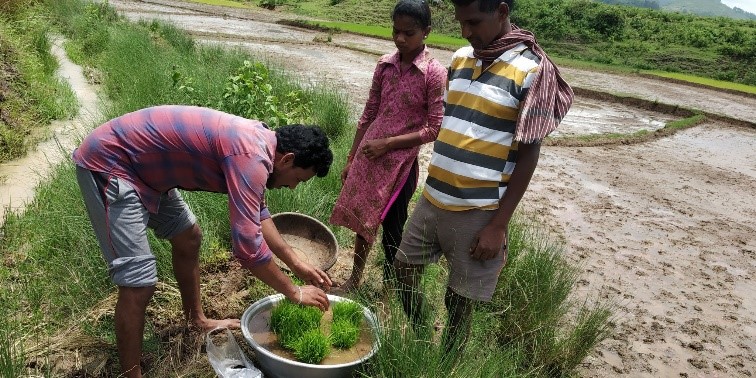
4.Soil treatment: This can be used in nurseries and greenhouses to treat soil and inhibit harmful pathogens. In tea nurseries, it helps to enhance root development and biomass by mitigating issues related to aluminum and iron in the soil. For vegetable seedlings, it can be applied directly to furrows or as a surface application for turf. When planting in greenhouses and nurseries, it can be mixed with potting media or applied directly into the planting hole for trees and shrubs. Available products: Multiplex Annapurna, Multiplex Nisarga, Multiplex Safe root.
5. As a foliar spray: It can also be mixed with water and sprayed as a foliar spray. Available products: Multiplex Nisarga
6. Post-pruning application: As a post-pruning application especially in the plants which undergo training and pruning. Available products: Multiplex Nisarga

